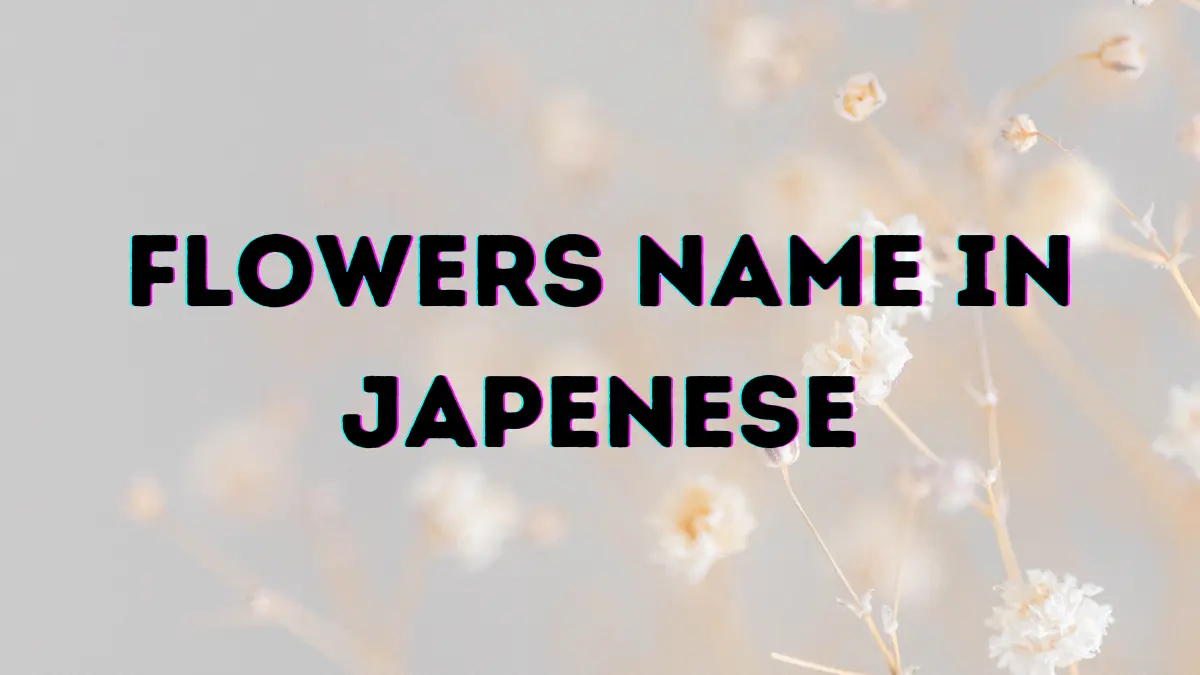Traditional 50+ Japanese Flower Names List In the English
When it comes to Japanese flower names, there’s more than just beauty behind each bloom. So, you know Japan, right? The country is famous for its tech, sushi, and stunning flowers. Now, if you’re like me, you’ve probably seen pictures of cherry blossoms floating around on social media and thought, “Wow, that’s gorgeous.” Well, there’s a whole language behind these blossoms—it’s called Hanakotoba, the Japanese language of flowers. Yep, in Japanese culture, flowers aren’t just pretty. They mean things—things like love, beauty, and sometimes even things like “I’m sorry.”
In this guide, we’re diving into Japanese flower names in both Hindi and English, because why not learn a few cool things at once? You’ll get to know what flowers like Sakura (that’s the famous cherry blossom, FYI) stand for, and how each bloom tells a story in Japan’s culture. Fun, right?
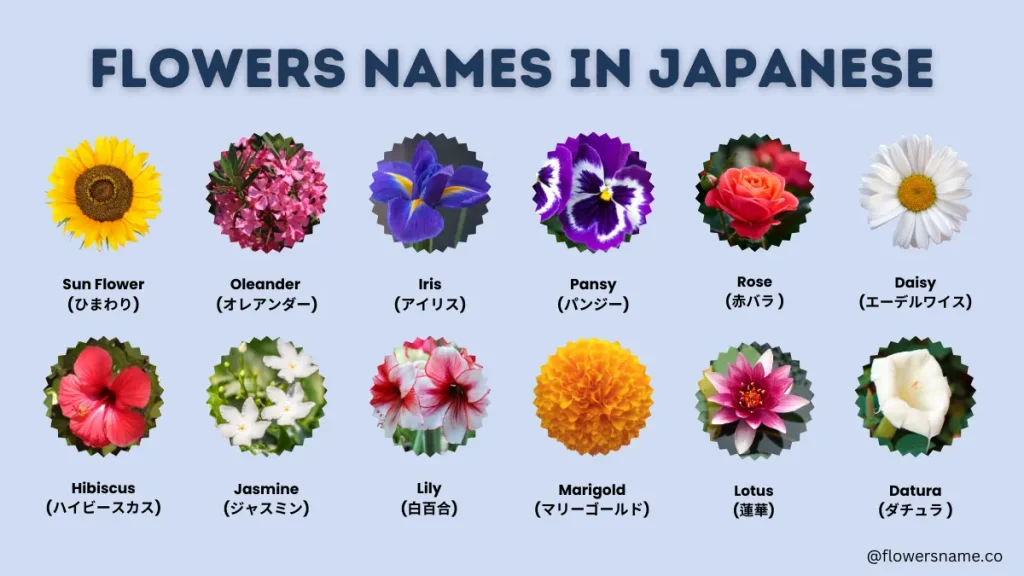
So after reading this article, we will discuss various flower names in Japanese and English. Also, we have given its meaning in Hindi. Then you will be able to remember in both Hindi and Japanese. Are you ready to immerse yourself in this exciting world of learning? Come on!!
Explore More: Flowers Name In Odia and English
20 Japanese Flower Names
| List# | Flowers | English | Japanese |
|---|---|---|---|
| 1 |
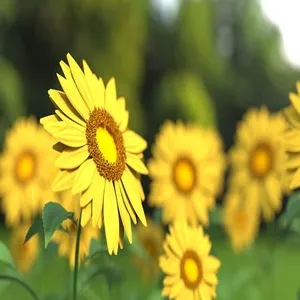 | Sunflowers | ひまわり (Himawari) |
| 2 |
 | Camellia | 椿 (Tsubaki) |
| 3 |
 | Japanese Apricot | Apricot: 梅 (Ume) |
| 4 |
 | Morning Glory | 朝顔 (Asagao) |
| 5 |
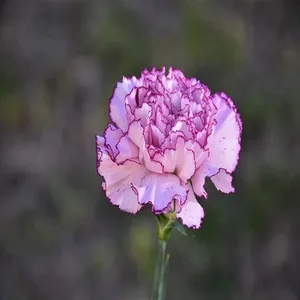 | Carnation | カーネーション (Kānēshon) |
| 6 |
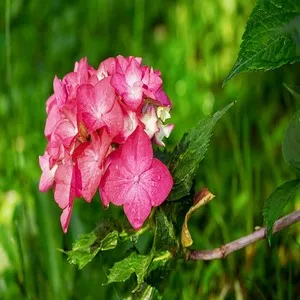 | Hydrangea | 紫陽花 (Ajisai) |
| 7 |
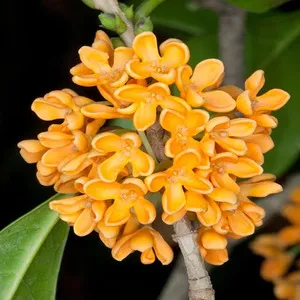 | Orange Osmanthus | 金木犀 (Kinmokusei) |
| 8 |
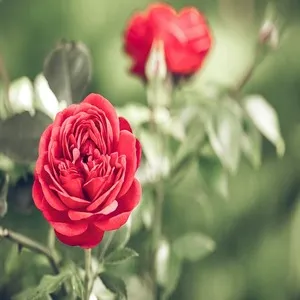 | Red Rose | 赤バラ (Aka Bara) |
| 9 |
 | Primula Sieboldii | プリムラシーボルディアナ (Purimura Shīborudiana) |
| 10 |
 | Red Tulip | 赤チューリップ (Aka Chūrippu) |
| 11 |
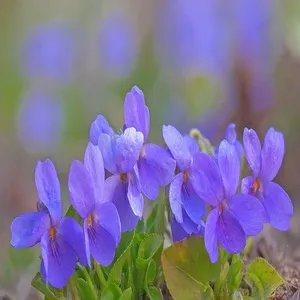 | Violet | スミレ (Sumire) |
| 12 |
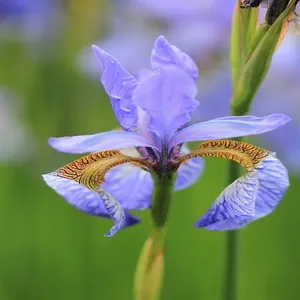 | Iris | アイリス (Airisu) |
| 13 |
 | Lavender | ラベンダー (Rabendā) |
| 14 |
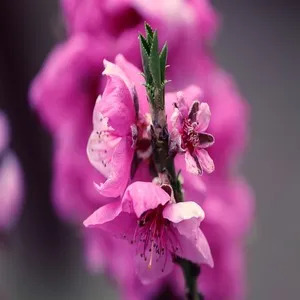 | Prunus persica | 桃の木 (Momono Ki) or プルーナス・ペルシカ (Purūnasu Perushika) |
| 15 |
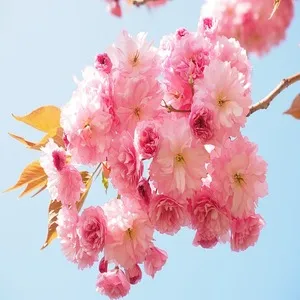 | Japanese Cherry | 桜 (Sakura) |
| 16 |
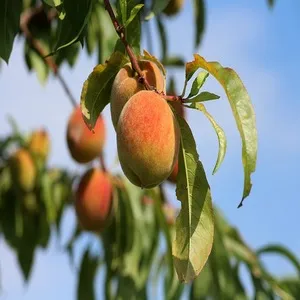 | Peach | 桃 (Momo) |
| 17 |
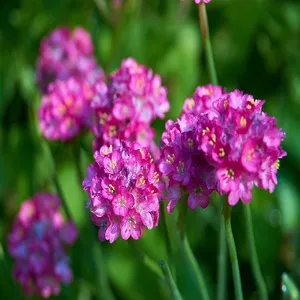 | Japanese Primrose | プリムラ・ジャポニカ (Purimura Japonika) |
| 18 |
 | Wisteria | 藤 (Fuji) |
| 19 |
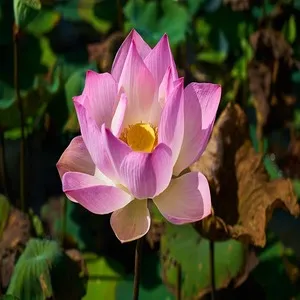 | Lotus | 蓮 (Hasu) |
| 20 |
 | Lily | ユリ (Yuri) |
40 Flower Names in Japanese
| List# | Flowers | English | Japanese |
|---|---|---|---|
| 1 |
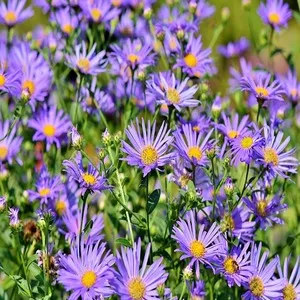 | Aster | アスター (Asutā) |
| 2 |
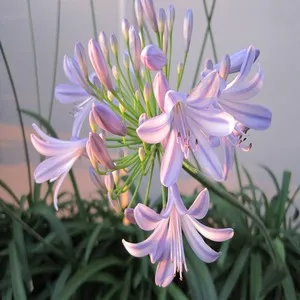 | Agenathus | アゲナシス (Agenashisu) |
| 3 |
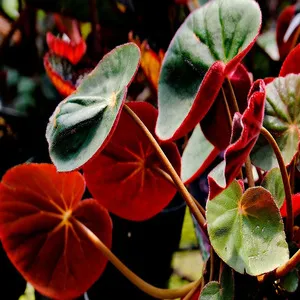 | Begunia | ベゴニア (Begonia) |
| 4 |
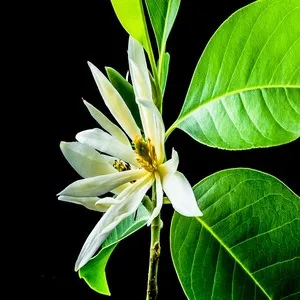 | Chempak | チェンパク (Chenpakku) |
| 5 |
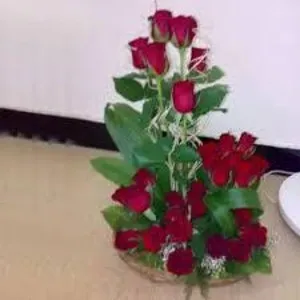 | Guldasta | ガルダスタ (Gurudasuta) |
| 6 |
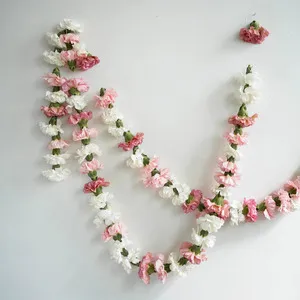 | Garland of Flowers | 花のガーランド (Hana no Gārando) |
| 7 |
 | Trumpet Creeper | トランペットクリーパー (Toranpetto Kurīpā) |
| 8 |
 | Chandan | チャンダン (Chandan) |
| 9 |
 | Abol Champaa | アボル・チャンパー (Aboru Chanpā) |
| 10 |
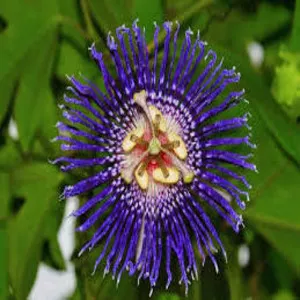 | Phulera | フレラ (Furera) |
| 11 |
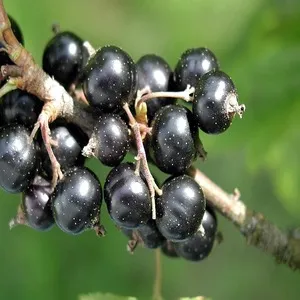 | Karvanda | カーヴァンダ (Kāvanda) |
| 12 |
 | Krishna Churaamani | クリシュナ・チュラマニ (Kurishuna Churamani) |
| 13 |
 | Sunehra Gulab | スネハラ・グラブ (Sunehara Gurabu) |
| 14 |
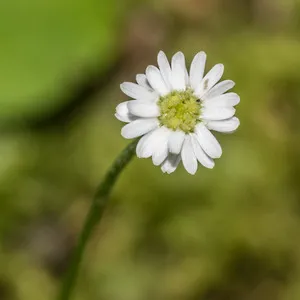 | Parani | パラニ (Parani) |
| 15 |
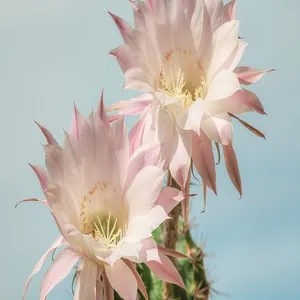 | Raato Ki Rani | ラト・キ・ラニ (Rato ki Rani) |
| 16 |
 | Begunia | ベゴニア (Begonia) |
| 17 |
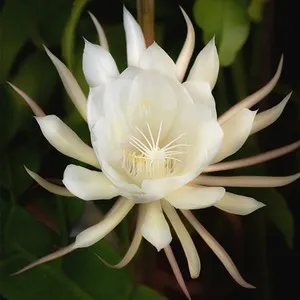 | Kamal | カマル (Kamal) |
| 18 |
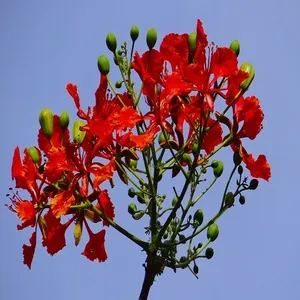 | Gulmohar | グルモハール (Gurumohāru) |
| 19 |
 | Butti | ブッティ (Butti) |
| 20 |
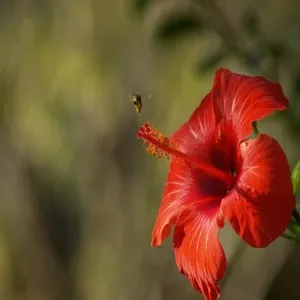 | Gulbahar | グルバハール (Gurubahāru) |
| 21 |
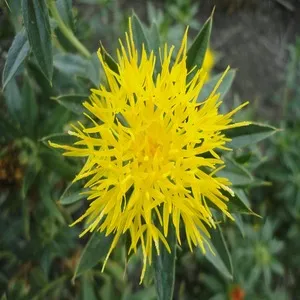 | Safflower | サフラワー (Safurawā) |
| 22 |
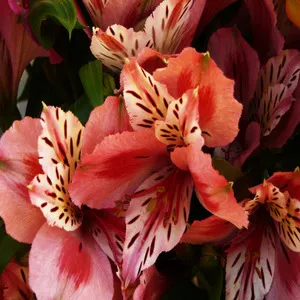 | Tia Flower | ティアフラワー (Tia Furawā) |
| 23 |
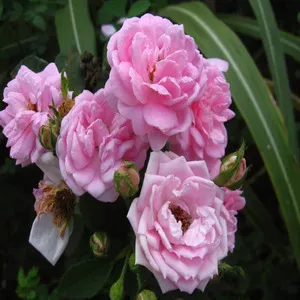 | Gulkand | ガルカンド (Garakando) |
| 24 |
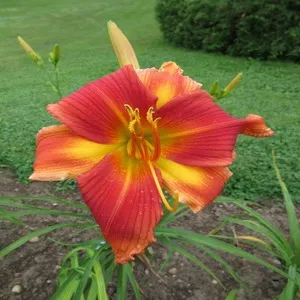 | Transformer Lily | トランスフォーマーリリー (Toransufōmā Rirī) |
| 25 |
 | Oleander | オレアンダー (Oreandā) |
| 26 |
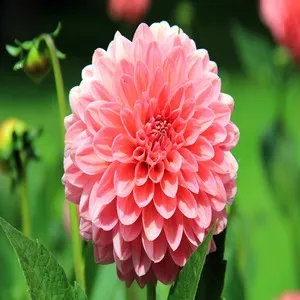 | Dahlia | ダリア (Daria) |
| 27 |
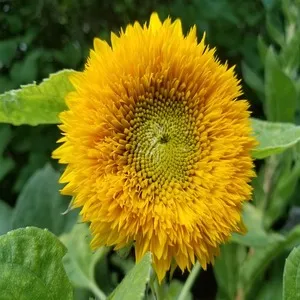 | Teddy Bear Sunflower | テディベアひまわり (Tedi Bea Himawari) |
| 28 |
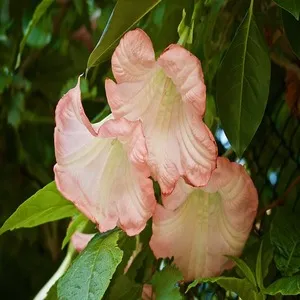 | Datura | ダチュラ (Dachura) |
| 29 |
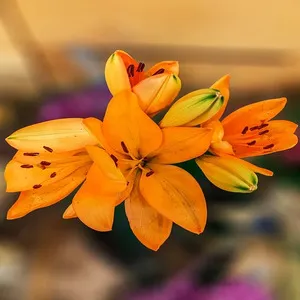 | Tiger Flower | タイガーフラワー (Taigā Furawā) |
| 30 |
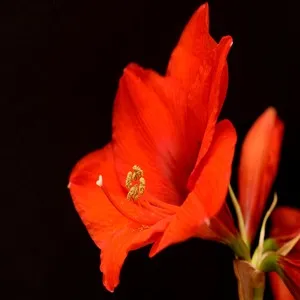 | Amaryllis | アマリリス (Amaririsu) |
| 31 |
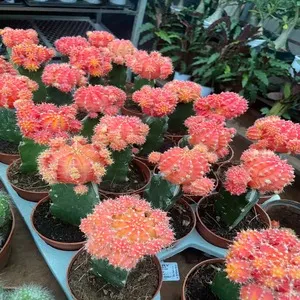 | Panchavati | パンチャバティ (Panchabati) |
| 32 |
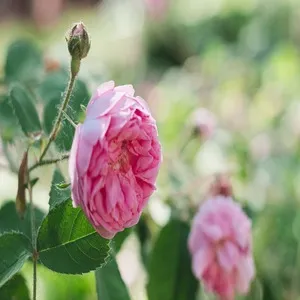 | Tea Rose | ティーローズ (Tī Rōzu) |
| 33 |
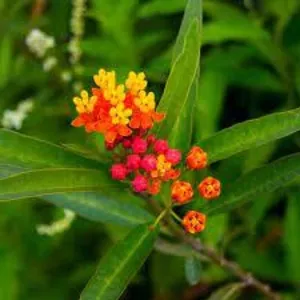 | Milkweed | ミルクウィード (Miryuku Uīdo) |
| 34 |
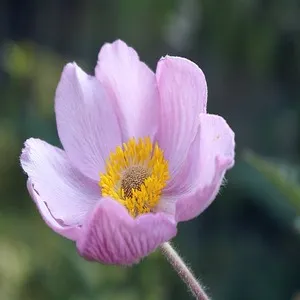 | Anemone | アネモネ (Anemone) |
| 35 |
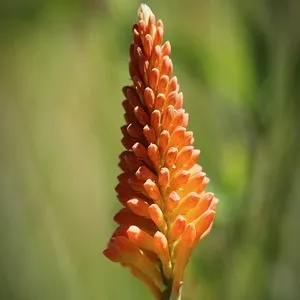 | Torch Lily | トーチリリー (Tōchi Rirī) |
| 36 |
 | Delphinium | デルフィニウム (Derufiniumu) |
| 37 |
 | Pink | ピンク (PINKU) |
| 38 |
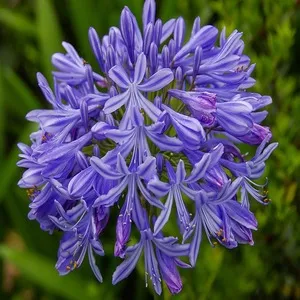 | Agapanthus | アガパンサス (Agapansasu) |
| 39 |
 | Target | ターゲット (Tāgetto) |
| 40 |
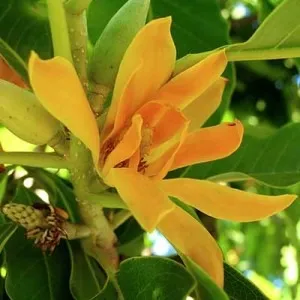 | Golden Champak | ゴールデンチャンパック (Gōruden Chanpakku) |
Flowers Names in Japanese Video
Understanding the Meaning Behind Japanese Flowers
Let’s talk more about these flowers. The cherry blossom, or Sakura, pops up in early spring and basically represents all things new. Think fresh starts and the beauty of life, but also, how quickly moments pass—kinda deep for a flower, right? Then you have Camellia—or Tsubaki—which is all about long-lasting love. The Japanese people have been using these blooms to express their feelings for centuries. It’s like the OG version of texting “I love you.”
If you’re into language learning, this guide will make you appreciate the connection between nature and words in a new way. Japanese gardens are filled with all sorts of flowers that mean different things. Plum blossoms? They mean strength and endurance. And let’s not forget Iris, which symbolizes purity—a word that always pops up when you talk about flowers in Japanese art and culture. Whether it’s summer or autumn, every season has its bloom.
Now, let’s not kid ourselves—learning Japanese isn’t a walk in the park. With around 130 million speakers across the world, it’s definitely one of the harder languages out there. But hey, learning some Japanese flower names like Morning Glory (that’s Asagao) or the bold Red Spider Lily (also called Higanbana) makes the process more fun, right? And who doesn’t like being able to drop a bit of floral language in everyday conversation? Impress your friends by explaining how the red tulip stands for passion. Trust me, they won’t see it coming.
By the way, the official name of the Japanese language is Nippon-koku or Nihon-koku (日本国), but let’s keep things simple, shall we?
Conclusion Of Japanese Flower Names
Alright, to wrap things up—we’ve gone over all these beautiful Japanese flower names in both Hindi and English, and I bet you’ve learned a lot (I know I did!). These flowers aren’t just pretty to look at—they have deep meanings in Japanese culture, from cherry blossoms that symbolize life’s fleeting beauty to yellow tulips that bring good news. So next time you see a flower blooming, think about what it might be saying.

